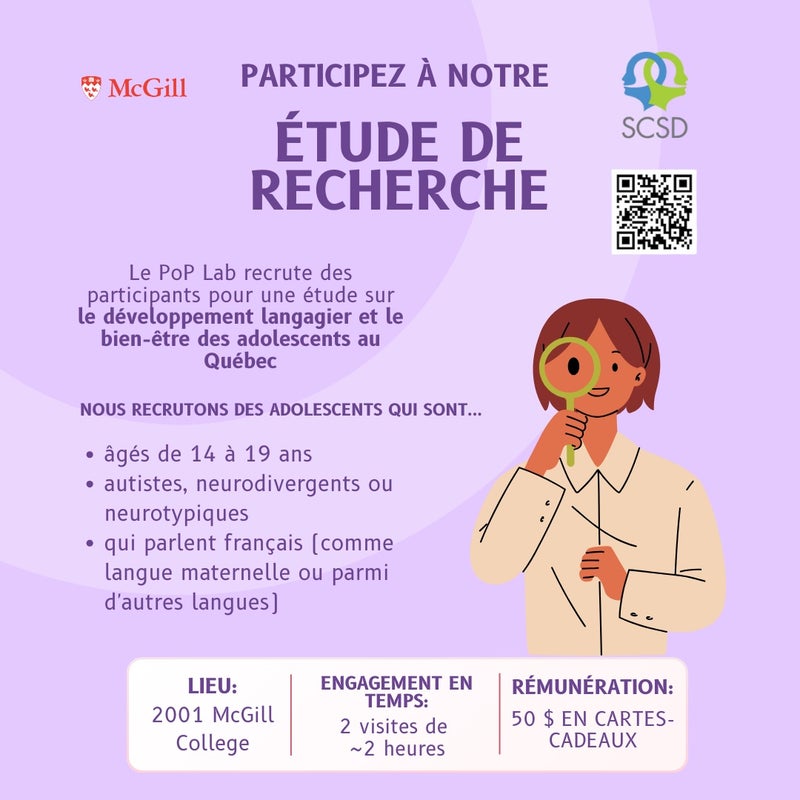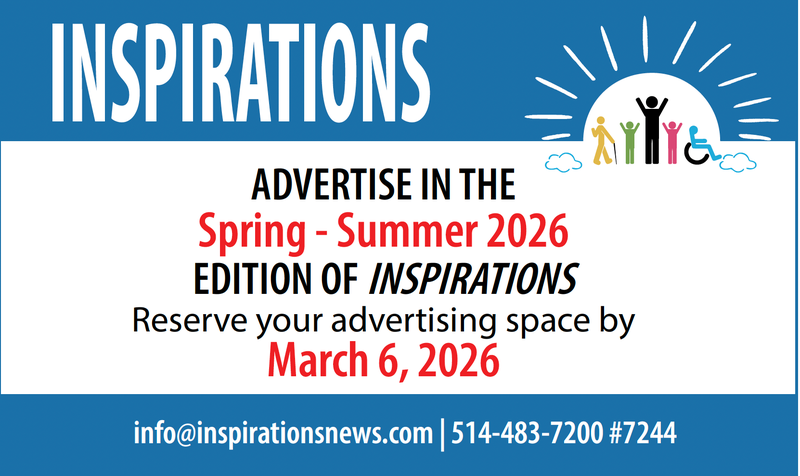The CASE for more inclusive workplaces

“Supported employment starts with the belief that everyone who wants paid employment can attain it if the proper supports are in place” is the guiding mantra behind the Canadian Association for Supported Employment (CASE). For those requiring accommodations however, what is the process and what are the concerns with the current model? CASE explored these ideas and more in their annual general assembly held online September 12.
The organization estimates that Canadians with disabilities make up 22 percent of the population yet have an unemployment rate of 52 percent, compared with the national rate of 5.7 percent, according to Statistics Canada in October.
Through workshops, an annual conference, Disability Employment Awareness Month in October and workplace mediators, the organization seeks to enable all to “have equal opportunity to secure and sustain meaningful employment.”
AGM keynote speaker Dr. Mahadeo Sukhai shared his thoughts in “‘Built-In’ vs ‘Bolted-On’: Tension Among Disclosure, Accommodation, Duty to Accommodate and Universal Design in the Workplace.”
As the world’s first congenitally blind geneticist and vice president of Research and International Affairs and chief accessibility officer at the Canadian National Institute for the Blind (CNIB), Sukhai promotes organizational cultural change for more inclusive work environments.
He noted how accommodation approaches were developed with the increased mechanization of production, for example when workers would get injured on the factory floor, and have not really adapted to the changing realities of work or need.
As a result, accommodations are frequently “bolted on” afterthoughts, placing the onus on the employee to justify a need. Disclosure, which is still largely based on medical diagnoses, results in an overlooking of contextual aspects such as condition onset, degree of severity or invisible disability, Sukhai explained.
He advocated for accommodations to be considered at the design phase as opposed to upon request, and to emphasize ability-first language. For example, “I can do the job, I just need large print” as opposed to “I am blind, but I can do it.”
“When I started out, no one believed that a person who was blind could do what I wanted to do,” reflected Sukhai in his career profile on Let's Talk Science. “At the CNIB, I’m continuing my efforts to change people’s perceptions and expectations.”
For more information on the Canadian Association for Supported Employment: https://supportedemployment.ca. For more information on the Canadian National Institute for the Blind: www.cnib.ca.









